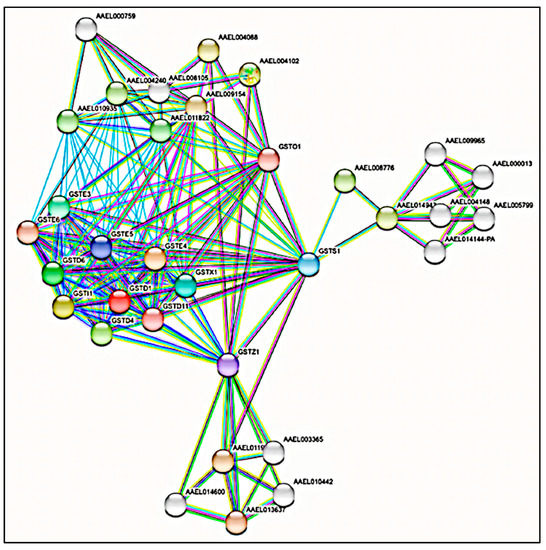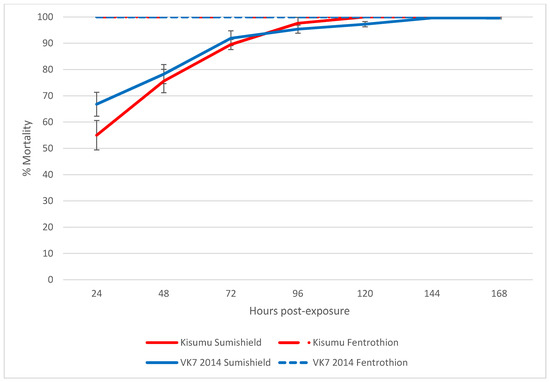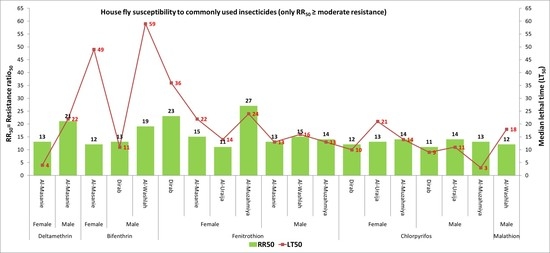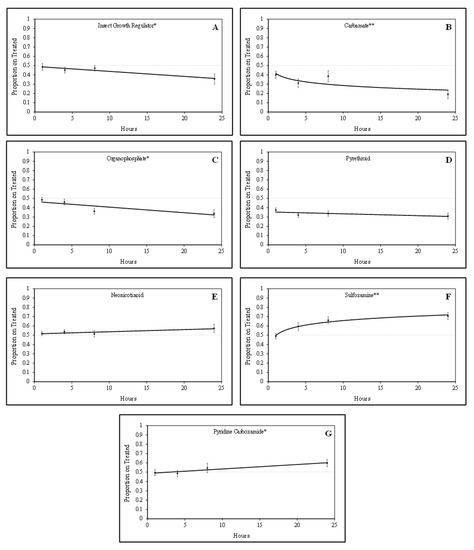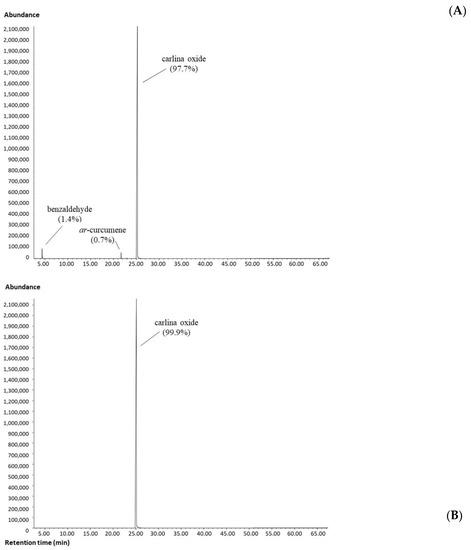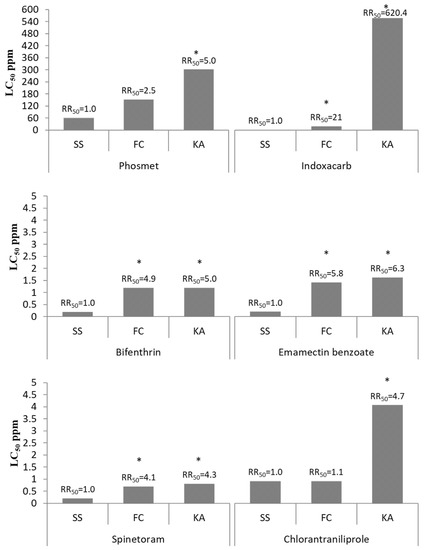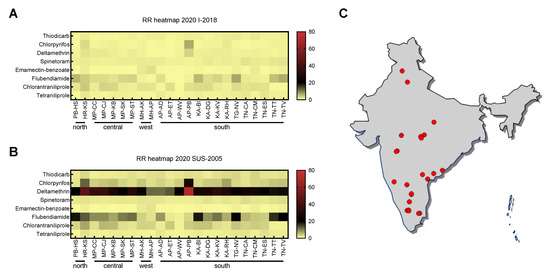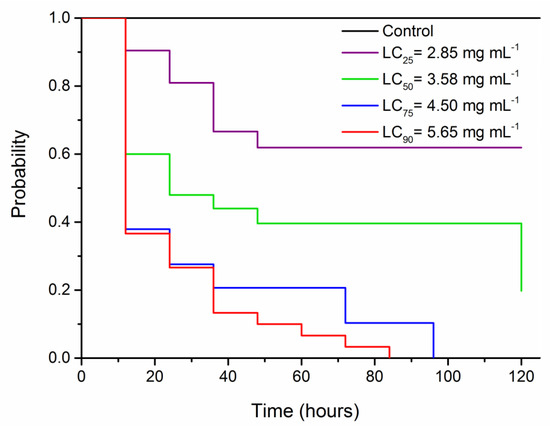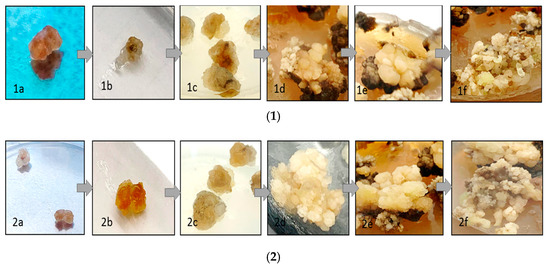Pesticide Chemistry and Toxicology (Closed)
A topical collection in Insects (ISSN 2075-4450). This collection belongs to the section "Insect Pest and Vector Management".
Viewed by 43439Editor
Topical Collection Information
Dear Colleagues,
Insecticides are chemical substances used to control insect pests that can damage public health or the economy. However, many insecticide chemicals are resistant to degradation in the environment and have bio-accumulative properties. Even after banning some insecticides, they can still accumulate in the environment and adversely affect non-target organisms and human health. Hence, understanding how insecticides operate and how these chemicals can adversely affect their surrounding nature is essential. This Topical Collection will report recent discoveries and review key subject areas of insecticide chemistry and toxicology for safe and effective insect pest management. We invite manuscripts that focus on one or more of the following research areas: (1) identifying novel insecticide targets or modes of action; (2) xenobiotic metabolism and selective toxicity; (3) formulation and rational insecticide use; (4) resistance mechanisms and new methods to circumvent insecticide resistance; (5) environmental persistence and recommendations for safe and effective insect pest management.
Dr. Hanafy Ismail
Collection Editor
Manuscript Submission Information
Manuscripts should be submitted online at www.mdpi.com by registering and logging in to this website. Once you are registered, click here to go to the submission form. Manuscripts can be submitted until the deadline. All submissions that pass pre-check are peer-reviewed. Accepted papers will be published continuously in the journal (as soon as accepted) and will be listed together on the collection website. Research articles, review articles as well as short communications are invited. For planned papers, a title and short abstract (about 100 words) can be sent to the Editorial Office for announcement on this website.
Submitted manuscripts should not have been published previously, nor be under consideration for publication elsewhere (except conference proceedings papers). All manuscripts are thoroughly refereed through a single-blind peer-review process. A guide for authors and other relevant information for submission of manuscripts is available on the Instructions for Authors page. Insects is an international peer-reviewed open access monthly journal published by MDPI.
Please visit the Instructions for Authors page before submitting a manuscript. The Article Processing Charge (APC) for publication in this open access journal is 2600 CHF (Swiss Francs). Submitted papers should be well formatted and use good English. Authors may use MDPI's English editing service prior to publication or during author revisions.
Keywords
- insecticides
- modes of action
- insecticide formulation
- chemical biology
- resistance mechanisms
- environmental persistence
- selective toxicity
- safety evaluations






